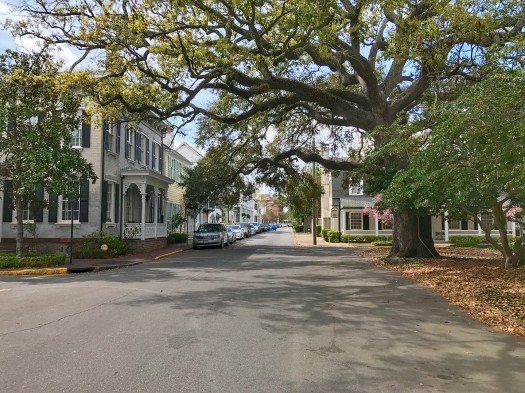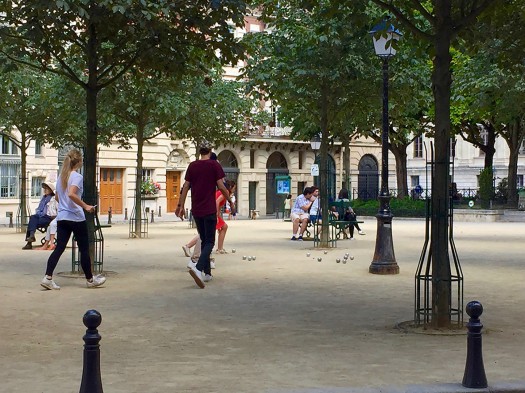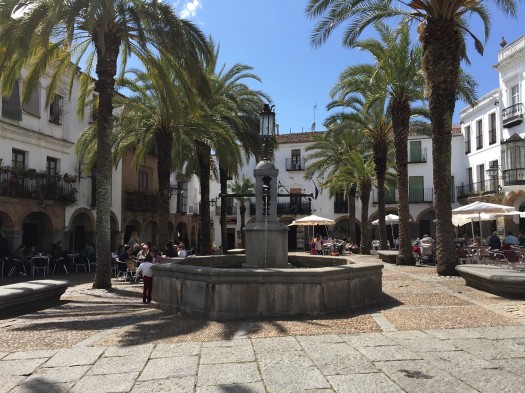Posts Tagged ‘public space’
Civic Space: Creating Community
Public space, or as many urbanists refer to it, civic space, sets the stage for community building. The study of how we use public space has been refined by Jan Gehl over the last thirty years, since the publication of his Life Between Buildings in 1987. A couple of weeks ago, Gehl released his Public…
Read MoreTriangular Plazas: Flexible, outdoor rooms with meaningful uses
Last year I enjoyed thinking of the critical components of a successful plaza: activity, locals, and a third place. Great plazas are hosts to community engagement any time of the day or evening, they attract both locals and tourists, and always have a third place fronting at least one edge of the outdoor room. A…
Read MoreCreative Placemaking: Lead, Follow AND Get Out of the Way
It seems everywhere I turn lately I stumble my way into a conversation on creative placemaking — people looking at the activation of public space as a way to further their personal and collective passions and pursuits. It’s heartening. I’m a firm believer that our taking of emotional ownership over the spaces in between the…
Read MoreThe Plaza: What is required for a community living room?
Recent trips to Spain and Germany have me appreciating the nuances of three plazas I had the pleasure of experiencing. Each plaza was a different character and scale from the other, which if I had to sum up simply, I’d call Salamanca’s Plaza Mayor: A City Plaza, Berlin’s Gendarmenmarkt: A Civic Plaza, and Zafra’s Plaza…
Read MoreGathering Places: Providers of comfort and joy
To wish you the happiest of holidays, I’d like to share some recent thoughts about the importance of gathering places both in the public and private realm, particularly as it relates to children, solace, and song. In celebration of the season, those places — when well planned and cultivated — become particularly poignant. Take private…
Read More(Public) Space: The final frontier
Having worked in communities big and small across the continent, we’ve had ample opportunity to test ideas and find approaches that work best. Urban design details. Outreach tactics. Implementation tricks. Many of these lessons are transferable, which is why we’ve created “Back of the Envelope,” a weekly feature where we jot ’em down for your…
Read More



